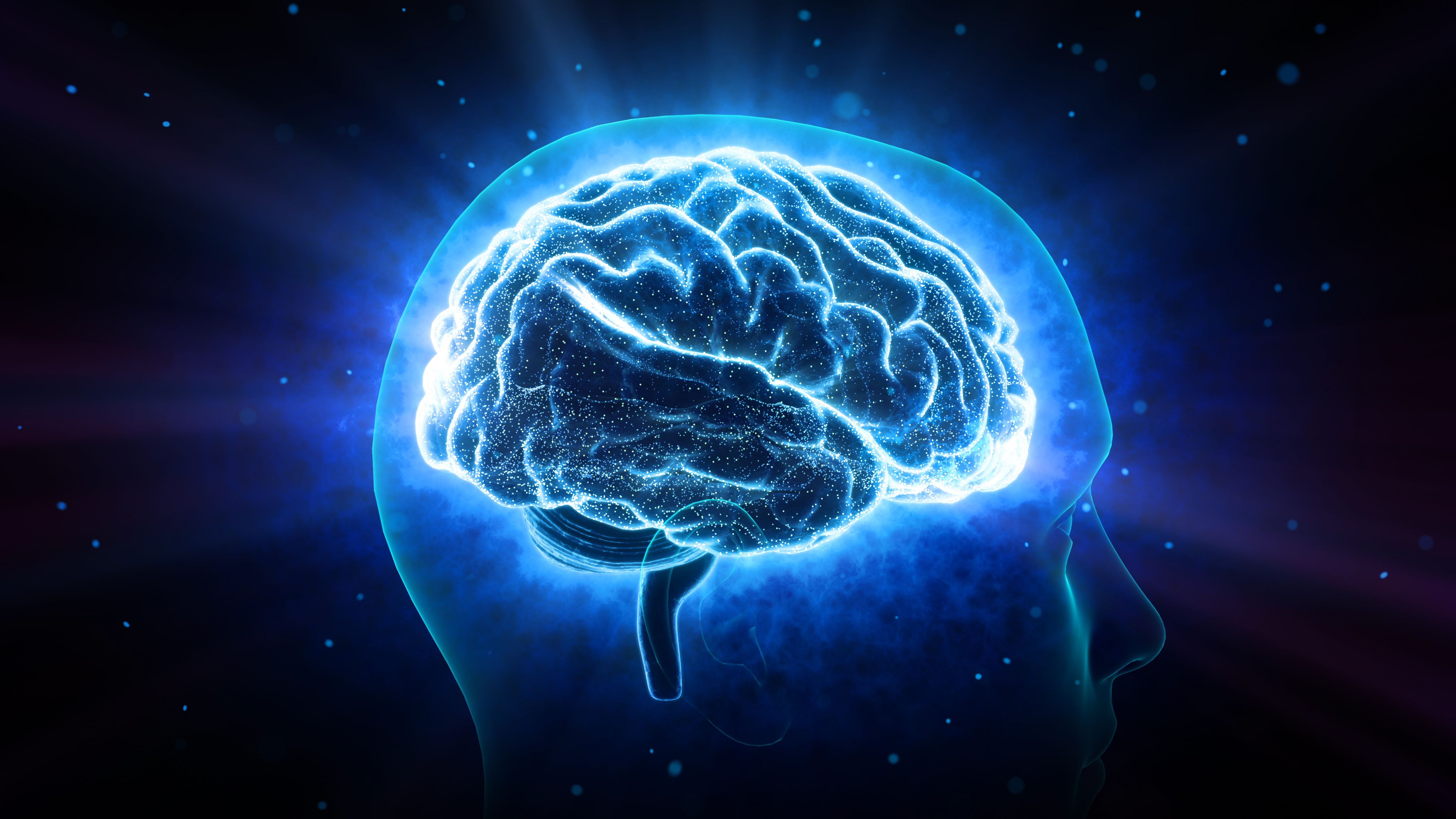News
Article
Researchers Utilize New Technology to Track Inhibition Process in Brain Cells
Author(s):
The study used optogenetics to repeatedly activate and inhibit cells, revealing rapid changes in a protein called pyruvate dehydrogenase when cells were inhibited.
Researchers have developed a new technology that can track when brain cells shut off after a burst of activity. The technology that tracks this process, called inhibition, provides a new method of examining both the normal functioning of the brain and how the brain’s “off switches” can malfunction during normal behaviors as well as diseases and disorders including depression, post-traumatic stress disorder, and Alzheimer disease.
Image credit: bluebackimage | stock.adobe.com

“It’s generally agreed that the inhibition of neurons is really the major way the brain is regulating activity,” said senior author Li Ye, PhD, professor and Abide-Vividion chair at Scripps Research, in a press release. “Scientists have been looking for a way to look at inhibition in a more trackable way, and until now, few had found it.”
The investigators examined the differences between brain cells when they were actively firing—releasing an electrical charge to pass messages to their neighbors—compared to when inactive. The researchers repeatedly activated and inhibited the cells using optogenetics before measuring the levels and characteristics of different proteins as well as their modifications. According to the authors, a protein called pyruvate dehydrogenase (PDH) rapidly changed immediately brain cells were inhibited.
“When neurons are firing, you need a lot of energy, and this PDH protein is involved in producing that energy,” said Ye in the press release. “But the brain really wants to conserve energy, so when a cell is done firing, we found that the brain rapidly shuts off the PDH protein. This happened much faster than anything else we saw in gene expression.”
Further, the researchers found that to shut off PDH, cells add molecular tags called phosphates to the protein, and antibodies were found to recognize the inactive, phosphorylated form of PDH (pPDH). The study authors tested whether levels of pPDH could be used as a substitute for brain cell inhibition by using the antibodies to measure pPDH in mice that were given anesthesia.
In addition, the study authors examined the levels of pPDH when animals were exposed to bright light that was then shut off. Brain cells in the visual cortex demonstrated low levels of pPDH when exposed to bright light because the active form of PDH is required to give these cells signaling energy; however, high levels of phosphorylated protein increased immediately after the light was shut off.
The study authors also evaluated how the brain turns off the feeling of hunger after eating using this new technique. These findings can potentially help better understand appetite as well as the mechanisms of obesity and weight loss drugs. Further, the pPDH antibodies can be utilized to compared levels of brain cell inhibition in people with and without brain and metabolic diseases.
The study authors note that they are continuing research by fine-tuning the use of pPDH. “There are a lot of questions that this technology can help us answer,” said Ye in the press release. “If the brain can’t turn cells off, or if they’re turned off faster or slower than usual, what happens? How does the inhibition of neurons play a role in different diseases?”
Reference
Scripps Research Institute. New technology lets researchers track brain cells’ “off switches”. News release. January 23, 2024. Accessed January 30, 2024. https://www.eurekalert.org/news-releases/1032036
Newsletter
Stay informed on drug updates, treatment guidelines, and pharmacy practice trends—subscribe to Pharmacy Times for weekly clinical insights.






